In a surprising move last week, President Donald Trump announced sweeping tariffs on countries around the world, labeling groceries an “old-fashioned” and “beautiful term.” However, supermarket executives and food industry experts warn that these policies will make America’s groceries more expensive. The impact will be felt across every section of the store, from fresh and packaged foods to household basics.
The Immediate Impact on Supermarkets
Supermarkets sell imported items in every section of the store, and Trump’s 10% tariffs across all countries, implemented last Saturday, will significantly affect these products. US businesses shipping goods from overseas will pay for these tariffs and will inevitably pass some of the higher costs down to consumers. Shoppers can expect to see prices rise on a wide range of imported foods, including seafood, coffee, fruit, cheese, nuts, candy bars, and more. Items that contain ingredients and packaging like plastic and aluminum from other countries will also be affected.
Perishable food prices will rise first, followed by shelf-stable goods. Customers may also experience “shrinkflation,” where product sizes are reduced, and certain versions of items may be eliminated as companies try to offset their cost hikes from tariffs. According to John Ross, the CEO of IGA, a chain of independent grocery stores, customers can expect grocery prices to increase “in the next couple of weeks.” He added, “Shoppers will start seeing it at scale across the store in the next 90 days.”
The Broader Economic Impact
Food prices will rise 2.8% overall from Trump’s tariffs, including a 4% increase for fresh produce, according to estimates from Yale University’s Budget Lab. The cost burden will disproportionately affect lower-income shoppers, who spend a greater share of their income on essentials. The scale of the price hikes will also depend on the size of the companies. Smaller grocers, which have less flexibility to absorb higher costs than giant chains like Walmart and Costco, may see prices rise faster. Big food suppliers such as Campbell and Kraft Heinz also have more flexibility to manage tariffs than smaller producers, but few companies will be spared from the effects.
Steve Schwartz, the director of sales and marketing at grocery chain Morton Williams, noted, “It appears that the small distributors are reacting a lot more quickly.” Small distributors have less supply on hand and will raise prices first, while larger companies with more inventory in warehouses can wait longer. For example, one Italian importer that supplies olive oil and balsamic vinegar notified Morton Williams of a 20% price increase next month. Randy Arceneaux, the CEO of Affiliated Foods, a wholesaler in Amarillo, Texas, servicing around 700 independent grocery stores in eight states, said that most suppliers are still waiting to see what happens with tariffs. However, several have already notified the company of price increases, including bananas and canned tuna, as well as plastic utensils. Affiliated Foods sources bananas from Guatemala, where Trump implemented a 10% tariff. The company’s distributor notified them that a 10% price increase will go into effect next week, increasing costs by 4 cents per banana case, from $1.80 to $1.84, which will be passed on to shoppers.
The Global Supply Chain and Food Imports
The foods Americans eat are part of a complicated global supply chain, with much of the growing impossible to replicate stateside due to climate and crop conditions. Food that can’t be grown locally will see the biggest rise in prices. Currently, the US imports approximately 17% of all food and beverages consumed by Americans, but this varies dramatically by category. For example, around 80% of seafood, 80% of coffee, 59% of fresh fruit, and 35% of vegetables consumed in the United States are imported, according to the Department of Agriculture.
Leslie Sarasin, the president of food industry group FMI, said in a statement last week, “Our food system is intricately linked with global markets − including products not grown in the United States like bananas or seasonal items − which helps keep prices down while providing American shoppers year-round access to safe, nutritious food.” However, one major factor that could limit price increases is that Mexico and Canada were left off Trump’s latest tariff list. Mexico and Canada are the two largest agricultural suppliers to the United States, according to the Agriculture Department. The White House has slapped 25% tariffs on those countries, but most food and agricultural products are exempt from tariffs under the existing USMCA free trade agreement between the United States, Mexico, and Canada.
The Pre-Tariff Grocery Price Hike
Grocery prices already frustrated customers before tariffs. Trump claimed he won the 2024 election in large part due to the price of groceries. Grocery prices overall have increased around 23% since 2021, with prices on individual items like coffee and chocolate rising much faster. This has caused shoppers to pull back. PepsiCo, Campbell, and JM Smucker reported weak sales of their snack brands in recent earnings announcements, and tariffs will likely only accelerate the slowdown. PepsiCo, the owner of Frito-Lay, said last month that people bought 3% fewer snacks last quarter. “Salty and savory snack categories underperformed” the broader packaged food industry, PepsiCo said, citing the “cumulative impacts of inflationary pressures and higher borrowing costs on consumer budgets.”
Household staples, such as dish detergent, paper towels, and cosmetics, have also seen a slowdown in recent weeks, according to market research firm Circana. “Some consumers are moving away from discretionary spending” at the grocery store, said Sally Lyons Wyatt, Circana’s chief advisor for the consumer goods and food service industries. More shoppers are taking quicker, smaller trips to stores and switching to stores’ cheaper private-label brands, she said. These are signs that customers are watching their budgets more carefully. Customers “are still showing that willingness to spend, but they’re being very choiceful where they’re spending,” Costco finance chief Gary Millerchip said last month.
A Fragile Optimism Amid Lingering Uncertainty
While the immediate impact of Trump’s tariffs is already being felt, the long-term consequences remain uncertain. The global supply chain for food is intricate and deeply intertwined with international markets. As tariffs take effect, the cost of imported goods will rise, and consumers will face higher prices and potentially reduced product availability. Smaller grocers and suppliers will be hit harder, while larger chains may have more flexibility to absorb costs. The exemption of Mexico and Canada from the latest tariffs provides some relief, but the overall trend is toward higher prices and increased consumer caution.
As the US navigates these challenges, clear communication and strategic planning will be crucial. The coming months will be pivotal in determining the long-term impact of these policies on the US economy and its global trade relationships.

By Samuel Cooper/Apr 10, 2025

By Noah Bell/Apr 10, 2025
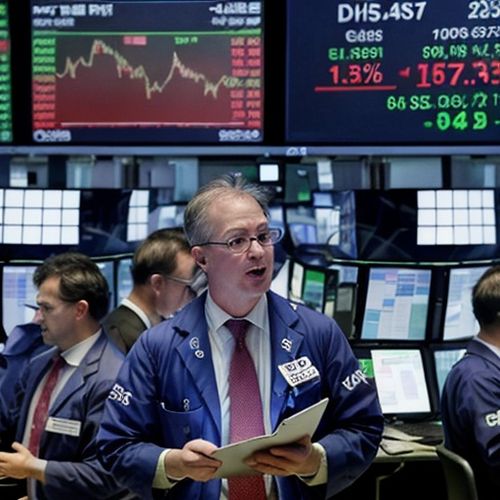
By Sarah Davis/Apr 10, 2025
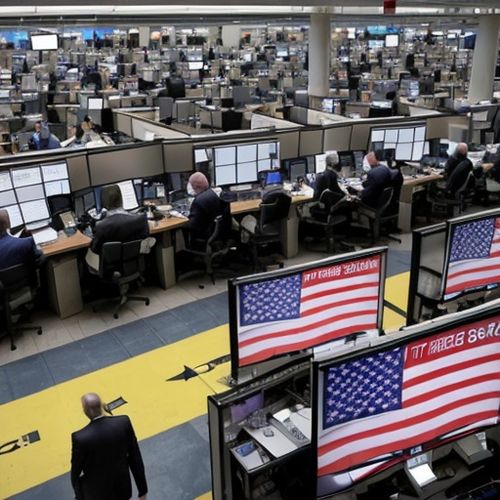
By Noah Bell/Apr 10, 2025
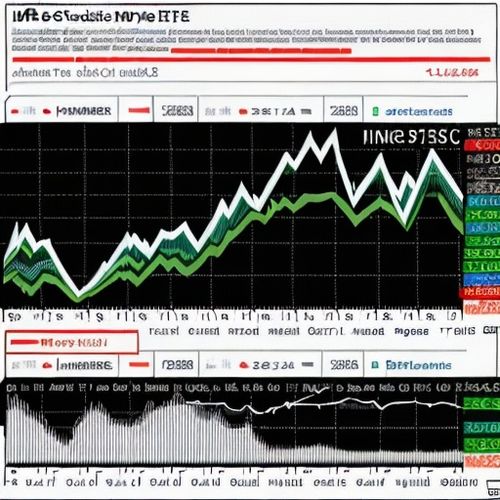
By Rebecca Stewart/Apr 10, 2025

By Lily Simpson/Apr 10, 2025
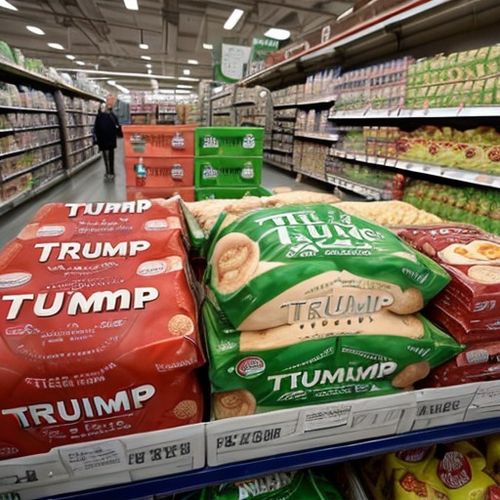
By Christopher Harris/Apr 10, 2025
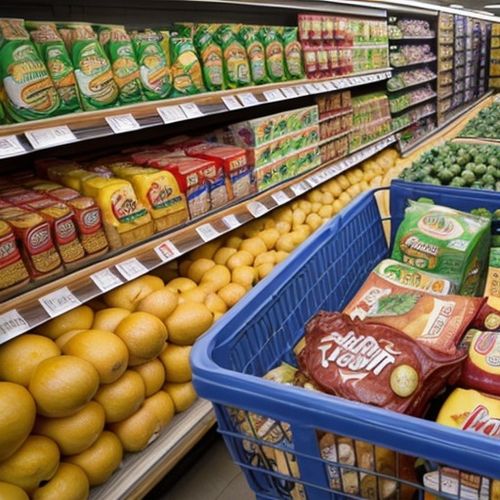
By Emma Thompson/Apr 10, 2025

By Olivia Reed/Apr 10, 2025
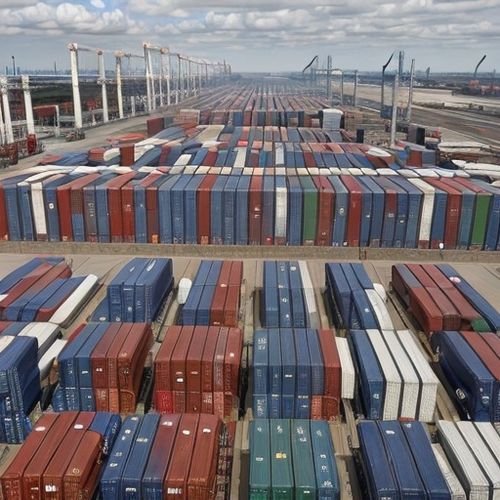
By Eric Ward/Apr 10, 2025
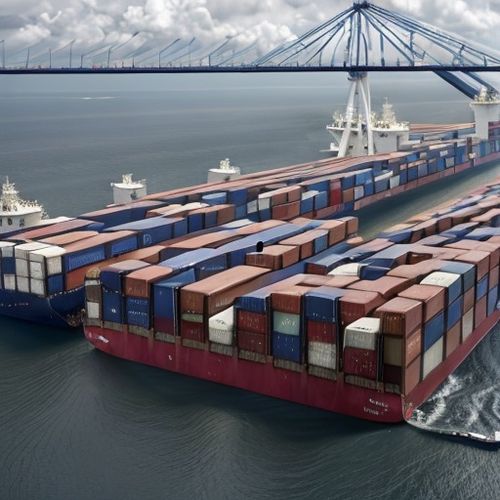
By Victoria Gonzalez/Apr 10, 2025

By Jessica Lee/Apr 10, 2025

By Sophia Lewis/Apr 10, 2025
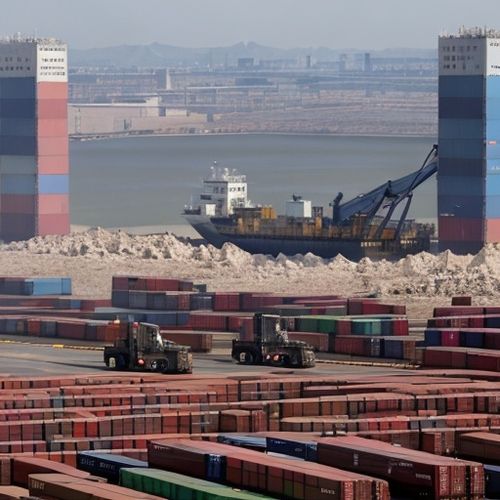
By Eric Ward/Apr 10, 2025
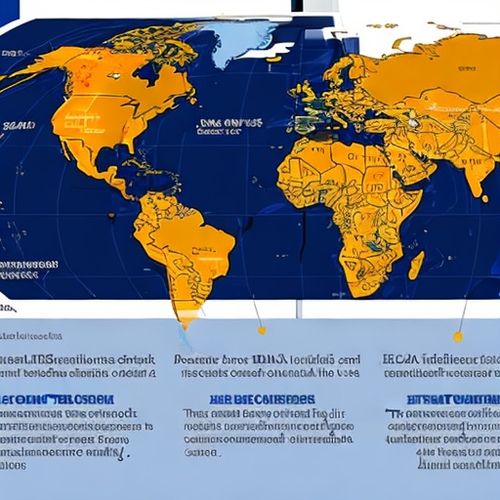
By William Miller/Apr 10, 2025
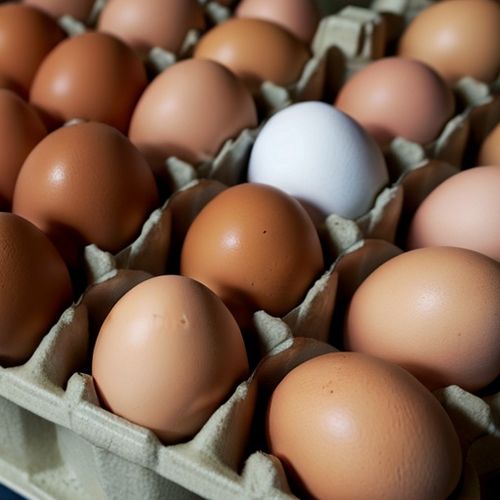
By James Moore/Apr 10, 2025